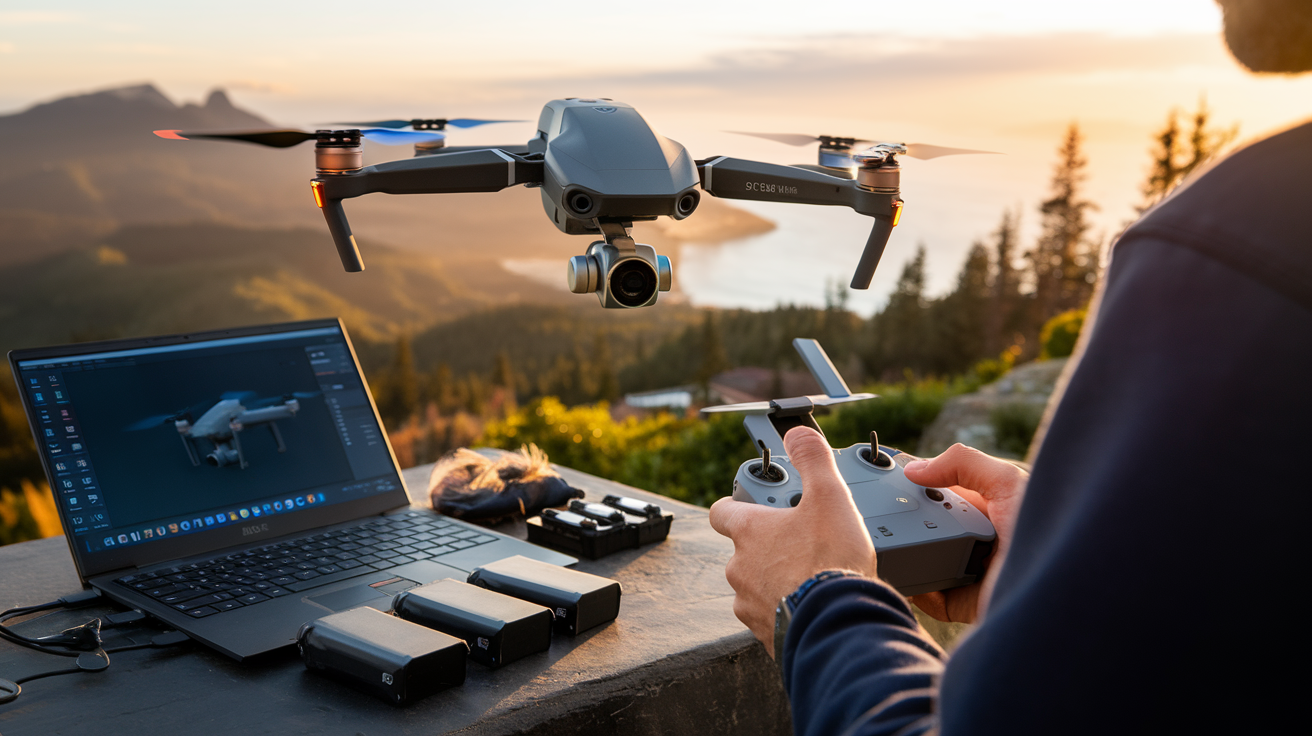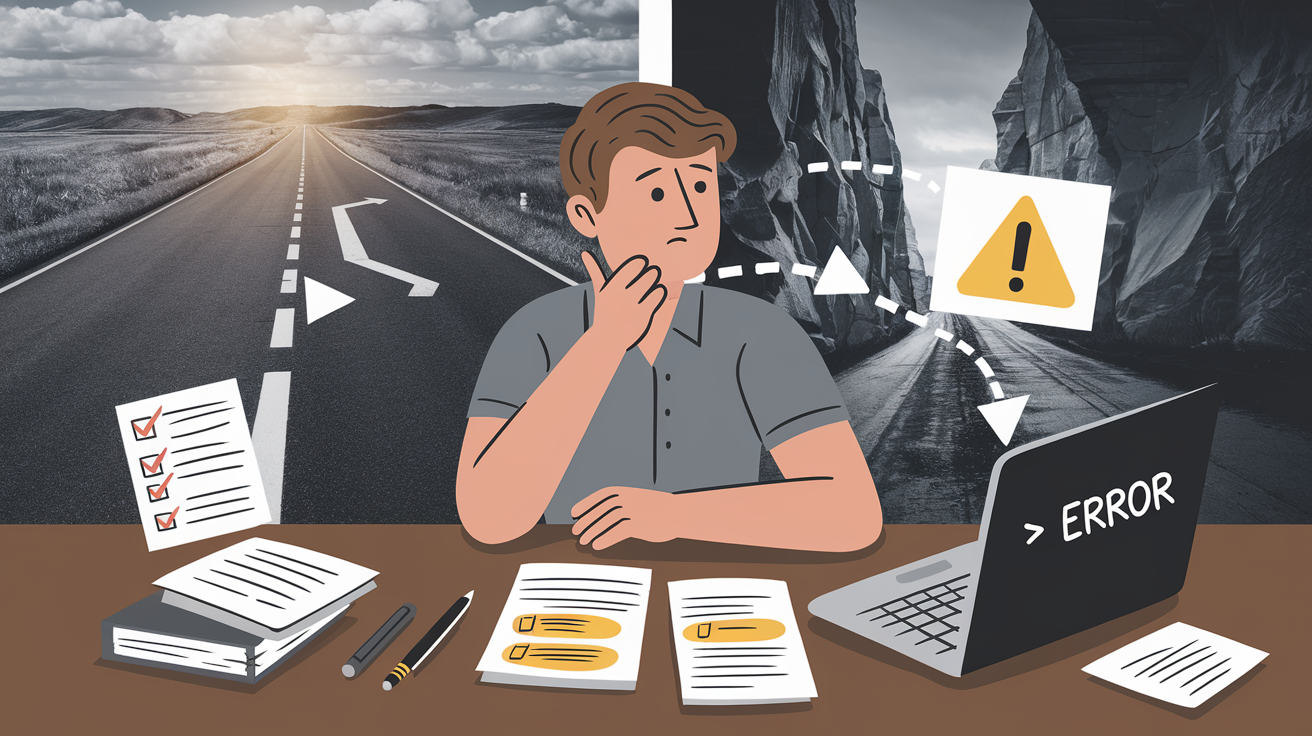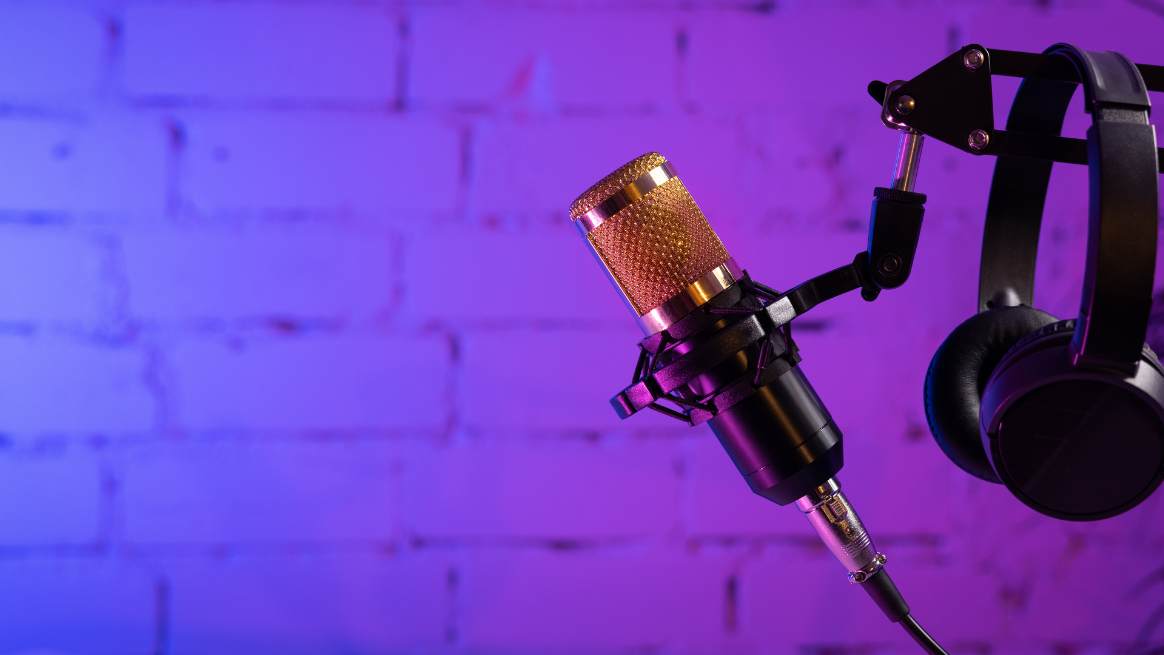

Drone photography has revolutionized the way we capture the world, offering breathtaking perspectives that were once only possible from helicopters or planes. Whether you’re an aspiring creative or an entrepreneur looking to start a new venture, becoming a drone photographer opens up a world of possibilities. With the right skills, techniques, and equipment, you can turn this exciting hobby into a fulfilling career or side hustle.
In this guide, we’ll explore everything you need to master drone photography. From essential tips for beginners to advanced techniques and business strategies, this post will equip you with the tools and knowledge to succeed in this rapidly growing field. Whether you’re looking to enhance your photography skills or launch your own drone photography business, you’re in the right place.
1. Getting Started with Drone Photography
Embarking on your journey to becoming a drone photographer begins with mastering the fundamentals. Understanding the basics not only ensures you capture stunning shots but also keeps you compliant with legal and safety regulations. Whether you’re flying a beginner drone or an advanced model, these drone photography tips will set you up for success.
Learn the Rules and Regulations
Before you take off, it’s essential to familiarize yourself with local drone laws. Many countries require drone pilots to register their devices and obtain a license for commercial use. Adhering to these rules protects you and others while keeping your drone photography activities lawful.
Related: How to Navigate Drone Laws and Regulations: A Global Guide
Practice Basic Drone Controls
Operating a drone takes practice. Start in an open area away from obstacles to get comfortable with controls like takeoff, landing, and hovering. As you improve, experiment with smoother movements to capture steady and professional-looking footage.
Master the Art of Composition
Like traditional photography, composition plays a key role in drone photography. Experiment with angles, leading lines, and symmetry to create captivating shots. For instance, capturing a bird’s-eye view of landscapes or geometric patterns can produce visually stunning images.
Focus on Lighting and Timing
The right lighting can make or break a photo. Shooting during the golden hour—shortly after sunrise or before sunset—provides soft, warm light that enhances your images. Understanding how to use natural light is one of the most valuable drone photography techniques you can develop.
Prepare Your Equipment
Ensure your drone is fully charged, and always carry spare batteries for extended shooting sessions. Check that your camera settings are optimized for the environment, whether you’re shooting in RAW for detailed edits or adjusting exposure for tricky lighting conditions.
By focusing on these foundational aspects, you’ll gain the confidence and skill to take your drone photography to the next level. With consistent practice and a commitment to learning, even beginners can create awe-inspiring images.
2. Essential Equipment for Drone Photography
To excel in drone photography, investing in the right equipment is just as important as mastering your skills. The quality of your gear directly impacts the sharpness, detail, and creativity of your shots. Whether you’re a hobbyist or an aspiring professional, having the right drone photography equipment ensures you’re prepared for any project.
Choosing the Right Drone
Not all drones are created equal. Entry-level drones are excellent for beginners, but if you’re aiming for professional-grade shots, consider a model with advanced features like a high-resolution camera, gimbal stabilization, and extended flight time. For example:
- DJI Mini 3 Pro: Compact yet powerful, with a 4K camera and 34-minute flight time, perfect for enthusiasts.
- DJI Mavic 3: Ideal for professionals, boasting a Hasselblad camera, up to 46 minutes of flight, and obstacle avoidance.
The drone market is expected to grow at a compound annual growth rate (CAGR) of 13.8% between 2023 and 2028, reflecting increasing interest in drone photography and related industries.
Essential Accessories
While the drone itself is vital, accessories enhance both performance and convenience:
- Extra Batteries: Most drones have a flight time of 20-30 minutes, so carrying additional batteries ensures uninterrupted shooting.
- ND Filters: These reduce light entering the camera lens, allowing you to capture balanced exposure in bright conditions.
- Carrying Case: A durable case protects your drone during travel, ensuring your investment remains safe.
Camera Features That Matter
The quality of your drone’s camera can make a significant difference in your shots. Look for these features when selecting equipment:
- Resolution: A minimum of 12MP for still images and 4K video is recommended for professional-quality results.
- Gimbal Stabilization: A 3-axis gimbal ensures smooth and stable footage, even in windy conditions.
- Raw Format Support: Shooting in RAW provides greater flexibility for post-processing.
Budgeting for Equipment
Investing in quality gear doesn’t have to break the bank. While high-end drones like the DJI Mavic 3 can cost over $2,000, excellent options such as the DJI Mini 3 Pro are available for under $1,000. Factor in the cost of accessories and insurance to budget effectively.
Future-Proofing Your Gear
As technology advances, drones with AI-driven features like automated flight modes and real-time object tracking are becoming more accessible. Staying informed about emerging trends ensures your equipment remains competitive in this evolving field.
Having the right equipment not only enhances your creative potential but also boosts your efficiency and professionalism. With advancements in drone technology and growing market opportunities, now is the perfect time to invest in your gear and take your drone photography to new heights.
3. Mastering Drone Photography Techniques
Once you’ve got the basics and equipment sorted, the next step is to refine your skills and develop techniques that set your work apart. Aspiring drone photographers often face challenges in achieving smooth footage, cinematic angles, and striking compositions. Here, we’ll address common questions and concerns while sharing actionable drone photography techniques to elevate your shots.
1. How Do I Capture Cinematic Drone Footage?
Achieving cinematic shots requires precision and planning. Follow these tips to create visually stunning footage:
- Use Automated Flight Modes: Many drones feature pre-programmed modes like “Orbit” and “Follow Me,” which help create dynamic movements effortlessly.
- Slow and Steady Movements: Quick, jerky motions can ruin the cinematic effect. Fly your drone at a steady pace to achieve smooth transitions.
- Experiment with Camera Angles: Use a combination of low flyovers, bird’s-eye views, and angled shots to add depth and variety to your footage.
Related: How to Use Drone Flight Modes for Cinematic Shots
2. How Can I Improve My Composition?
Composition is the art of framing your shot to create a visually balanced and engaging image. Here’s how you can perfect it:
- Rule of Thirds: Position your subject along the intersecting lines of a grid to create dynamic, professional-looking shots.
- Leading Lines: Use natural or architectural lines to guide the viewer’s eye through the image.
- Foreground and Background: Incorporate elements in both the foreground and background to add depth to your shots.
3. How Do I Handle Challenging Lighting Conditions?
Lighting plays a crucial role in drone photography. Here’s how to overcome common challenges:
- Golden Hour Advantage: Shooting at sunrise or sunset provides soft, diffused light that enhances colors and textures.
- ND Filters: These reduce excessive brightness during mid-day shoots, ensuring balanced exposure.
- HDR Photography: Use HDR mode to capture high-contrast scenes, such as sunsets or landscapes with uneven lighting.
4. How Do I Maintain Stability in Windy Conditions?
One of the most common concerns for drone photographers is maintaining stability in windy weather. Here’s how to manage:
- Choose the Right Drone: Models like the DJI Mavic series offer superior stability with advanced gimbal systems.
- Fly Low: The higher you fly, the stronger the wind. Keeping your drone closer to the ground reduces wind interference.
- Pause Between Shots: Avoid rushing; allow your drone to stabilize before taking photos or recording footage.
5. How Can I Edit Drone Photos and Videos?
Editing is where raw footage transforms into breathtaking visuals. Here are some tools and techniques to enhance your work:
- Photo Editing Software: Use tools like Adobe Lightroom or Photoshop to adjust brightness, contrast, and colors.
- Video Editing Tools: Platforms like Adobe Premiere Pro and Final Cut Pro allow you to add transitions, music, and color grading for cinematic appeal.
- Color Grading: Pay attention to hues, shadows, and highlights to create a cohesive and polished look.
Common Mistakes to Avoid
- Flying Too Fast: Quick movements can make footage feel rushed and amateurish.
- Ignoring Battery Life: Always monitor your battery to avoid abrupt landings.
- Neglecting the Weather: Avoid flying in rain or extreme winds to protect your drone and ensure optimal footage quality.
By addressing these questions and applying these techniques, you’ll not only overcome common challenges but also elevate your drone photography skills. With practice and attention to detail, you can produce work that stands out in this competitive yet rewarding field.
Related: 5 Common Drone Photography Mistakes and How to Avoid Them
4. Building a Drone Photography Business
If you’re ready to take your passion for drone photography to the next level, starting a business can be a rewarding venture. With industries like real estate, events, and marketing increasingly relying on aerial imagery, the demand for professional drone photography services is on the rise. Here’s how to get started with your own drone photography business.
1. Identify Your Niche
Specializing in a particular type of photography helps you stand out in the market. Consider these niches:
- Real Estate: High-quality aerial shots of properties help realtors attract buyers.
- Weddings and Events: Drone footage adds a dramatic element to special occasions.
- Landscape and Travel: Stunning nature and travel shots can be sold as prints or used in marketing campaigns.
- Inspections and Surveys: Offer aerial surveys for construction, agriculture, or infrastructure projects.
According to a study by the FAA, the use of drones in commercial photography is expected to grow by 15% annually through 2026, signaling significant opportunities.
2. Build a Portfolio
Your portfolio showcases your expertise and style to potential clients. Start by:
- Shooting free or discounted projects for friends or local businesses to build your body of work.
- Curating a mix of images and videos that highlight different techniques and perspectives.
3. Pricing Your Services
Pricing can vary depending on your niche and location. Research competitors to determine a fair rate, and consider offering packages to add value:
- Basic Package: A set number of edited photos.
- Premium Package: Includes videos, additional edits, and extended shooting time.
- Hourly Rates: Common for inspections or events.
4. Marketing Your Business
Promoting your services effectively is key to attracting clients. Use these strategies:
- Create a Website: Showcase your portfolio, pricing, and contact details.
- Leverage Social Media: Platforms like Instagram and TikTok are perfect for showcasing aerial footage.
- Network Locally: Partner with real estate agents, event planners, and other professionals who can refer clients.
- SEO Optimization: Use keywords like drone photography services on your website to appear in relevant searches.
5. Understand Legal and Insurance Requirements
Operating a business comes with responsibilities:
- Certifications: Obtain a commercial drone pilot license if required in your region.
- Insurance: Protect your equipment and business with liability insurance in case of accidents.
Starting your drone photography business might seem daunting, but with a clear plan and dedication, you can turn your passion into a profitable venture.
5. Offering Drone Photography Services
Once your business is set up, delivering excellent drone photography services is crucial to building a strong reputation and ensuring repeat clients. Here’s how to elevate your service offering.
1. Understand Client Needs
Each client will have unique requirements, so take time to understand their goals:
- For real estate clients, highlight property features with smooth, detailed footage.
- Event clients often prioritize emotional and dramatic shots that capture key moments.
- Corporate clients may need precise, high-quality shots for marketing or reporting purposes.
2. Provide Tailored Solutions
Going above and beyond to offer customized packages can set you apart. For instance:
- Combine ground-level photography with aerial shots for a comprehensive package.
- Offer value-added services like video editing, music integration, or branded overlays.
3. Ensure Timely Delivery
Fast turnaround times matter to clients. Streamline your workflow with efficient editing tools and a clear project timeline. Many professionals aim to deliver raw footage within 48 hours and fully edited projects within a week.
4. Gather Testimonials and Referrals
Happy clients are your best marketers. Encourage satisfied customers to leave reviews or recommend your services:
- Offer discounts or bonuses for referrals.
- Request testimonials to display on your website or social media.
5. Scale Your Business
As your reputation grows, consider scaling your services:
- Hire additional drone pilots to handle more projects.
- Invest in higher-end drones to cater to more demanding clients.
- Expand your offerings to include training sessions for aspiring drone photographers.
Providing exceptional drone photography services not only satisfies your clients but also helps your business thrive in a competitive market. With the right approach, you can build long-term relationships and achieve sustainable growth in this exciting field.
Conclusion
Drone photography is an exciting and dynamic field that combines creativity, technology, and entrepreneurship. From learning the basics and mastering advanced techniques to investing in the right equipment and starting a profitable business, there are endless opportunities to grow as a drone photographer. Whether you’re capturing breathtaking landscapes, offering professional services, or creating cinematic visuals, the possibilities are truly limitless.
As you embark on this journey, remember to stay curious, practice consistently, and adapt to evolving trends in the industry. With dedication and the tips shared in this guide, you’re well on your way to turning your passion into a rewarding hobby or thriving business.
Ready to take your drone photography to new heights? Share your experiences in the comments or reach out with any questions. If you’re just starting, bookmark this guide and take it one step at a time. Don’t forget to subscribe for more tips and insights on drone photography and beyond!
External Links
- FAA Drone Zone – Register your drone and learn U.S. legal requirements.
- DJI’s Official Website – Explore the latest drones and accessories.
- Adobe Lightroom for Photo Editing – Edit and enhance your drone photography.
- B&H Photo Video Drone Section – Purchase drone equipment and accessories.
- Pexels Drone Photography Gallery – Find inspiration from high-quality aerial photography.









































































